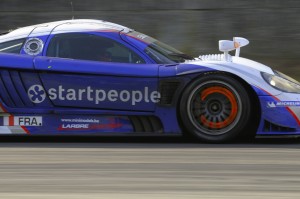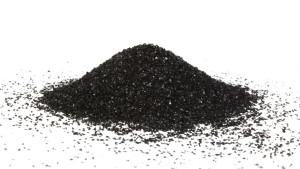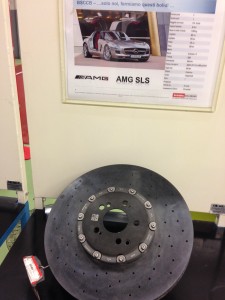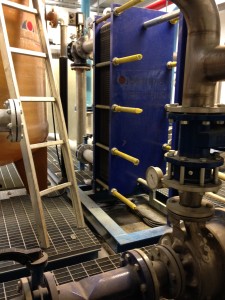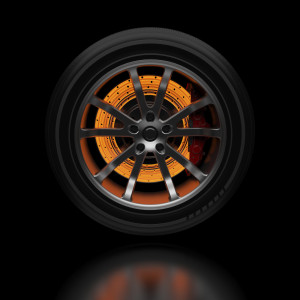High-performance sports cars are increasingly being fitted with carbon-ceramic brake discs.
You can take a look, on 24 Hours of Le Mans, looking for the braking closed to the most challenging turn.
These brake discs are extremely heat resistant and much more efficient as a result, even in the case of braking on the very limit of grip, which can occur during sporting events or intensive use.
You may be wondering what these brakes have to do with our cooling and thermostation technologies and our heat exchangers.
This kind of production process requires extreme temperatures, furnaces for “baking” the discs, and melting silica dust to obtain silicon carbide.
The process is relatively short and the production systems that run at extreme heat require cooling and temperature control systems, which must of course be both efficient and effective.
Carbon-ceramic brakes are very expensive to produce and a single batch can cost several tens of thousands of euro. One must also consider the fact that the melting units, i.e. the furnaces, also require cooling systems to cool them down and ensure their safety. Extreme heat is generated during the production cycles that are followed by cooling cycles which must be guaranteed and controlled in equal measure.
Tempco has recognised experience in the field of temperature control and cooling of furnaces for heat treatment of metals, sintering and metallurgy, and specialises in the design of high-quality complete turn-key systems that ensure the ultimate in heat efficiency.
We are currently assisting a customer who is implementing new furnaces to increase production, by enhancing the overall system and maximising efficiency. This work is being carried out in collaboration with the customer’s design office in order to avoid downtime and ensure continuous production.
The original plan for cooling seven vacuum furnaces is being implemented to cover a potential that is 25% greater than the initial design data, all without downtime and at maximum heat efficiency.
The operating logic aims to ensure absolute safety, with a PLC that guarantees cooling of the system even in the event of a power cut or accidental fault by passively setting the entire brake disc production system at the safety temperature.

